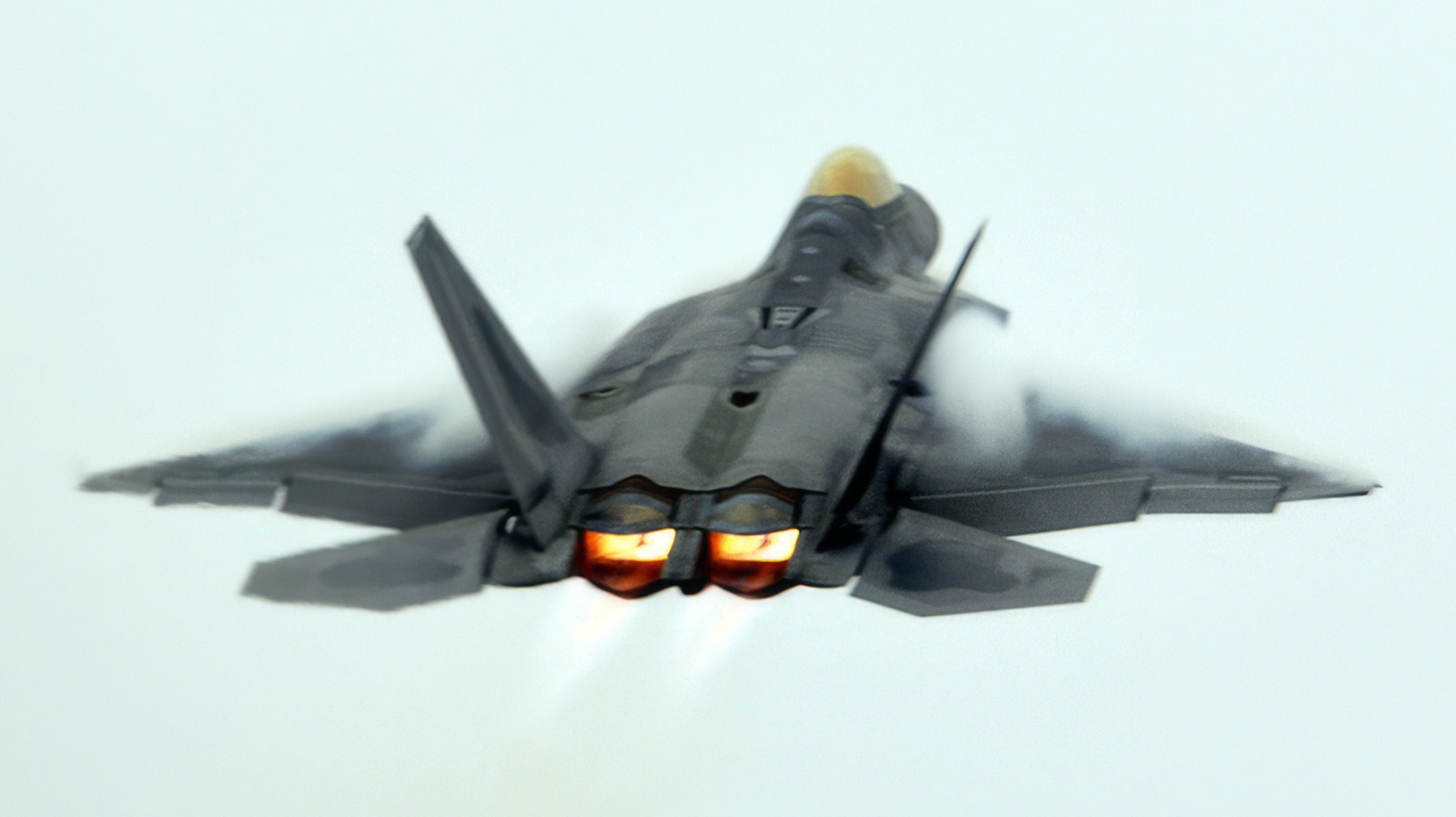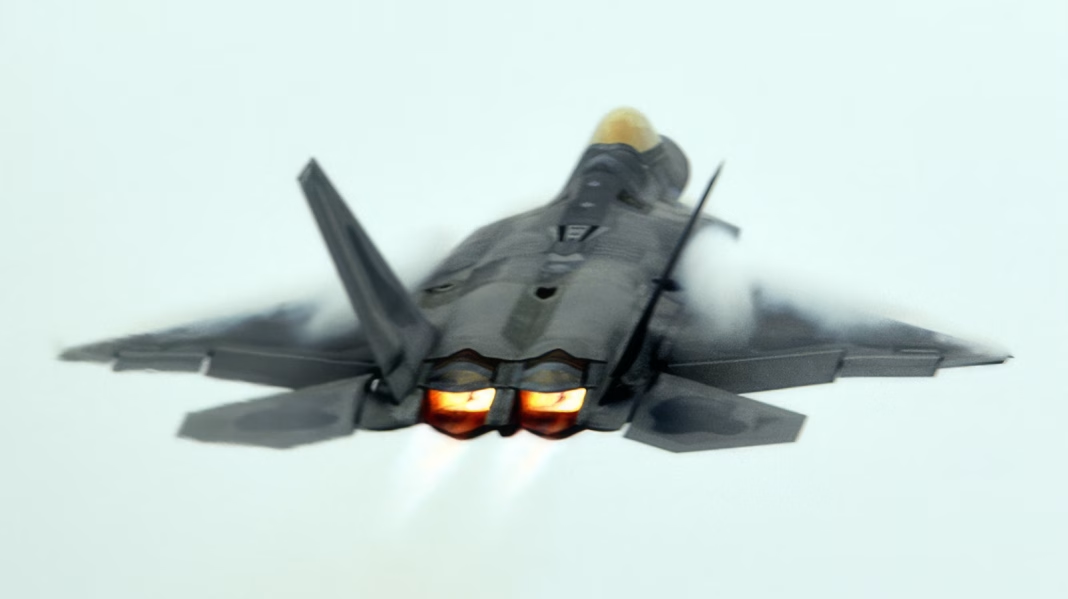Why Does the F-22 Raptor’s Exhaust Nozzle Look So Different?
If you’ve ever watched an F-22 Raptor soar past at an air show, you probably noticed something odd about its rear end. The exhaust nozzles don’t look like the usual round pipes you see on most fighter jets. Instead, they’re flat, angular, and almost futuristic. So, what’s the story behind this unique design? Let’s dig into why the F-22’s exhaust stands out—and what that means for its performance.
How Does the Nozzle Shape Affect Stealth?
Stealth isn’t just about sharp edges and radar-absorbing paint. The exhaust nozzle is a huge part of the equation. Traditional round nozzles are easy for radar to pick up, especially from behind. The F-22’s flat, diamond-shaped nozzles help scatter radar waves rather than reflecting them directly back to enemy sensors. This design also hides the hottest parts of the engine from infrared sensors, making it harder for heat-seeking missiles to lock on.
According to a 2023 report from the U.S. Air Force, reducing the radar cross-section from all angles—including the rear—was a top priority in the Raptor’s design. The nozzle’s shape is a big reason why the F-22 remains one of the hardest jets to spot, even decades after its debut.
What Role Does Thrust Vectoring Play?
Here’s where things get really interesting. The F-22’s nozzles aren’t just flat for stealth—they move. Each nozzle can tilt up or down by up to 20 degrees, a feature known as thrust vectoring. This gives the Raptor jaw-dropping agility, allowing it to perform maneuvers that would be impossible for most other fighters.
Imagine a dogfight where the F-22 suddenly pitches its nose up while barely moving forward, then snaps around to face its opponent. That’s thrust vectoring in action. Pilots have described it as “flying on rails,” and it’s a big reason the Raptor dominates in close-range combat exercises. The U.S. Air Force credits this system with giving pilots a decisive edge in simulated dogfights.
Why Not Use This Design on Every Fighter Jet?
If the F-22’s nozzle is so effective, why don’t all jets have it? The answer comes down to trade-offs. The flat, movable nozzles are heavier and more complex than traditional round ones. They’re also more expensive to build and maintain. For jets that don’t need extreme stealth or supermaneuverability—like older F-16s or export models—these costs just don’t make sense.
There’s also the issue of engine efficiency. Flat nozzles can slightly reduce thrust compared to round ones, which is a big deal for aircraft that need every ounce of power. The F-22’s engines are powerful enough to handle this, but not every jet has that luxury.
How Does This Impact Real-World Missions?
The F-22’s nozzle design isn’t just for show. In real-world missions, it allows the jet to sneak into contested airspace, avoid detection, and outmaneuver threats. During training exercises, Raptors have repeatedly “killed” opponents before they even knew the F-22 was there. And in the rare cases where things get close, that thrust vectoring can mean the difference between evasion and a missile hit.
A 2022 RAND Corporation analysis noted that the F-22’s combination of stealth and agility gives it unmatched survivability in high-threat environments. Pilots report that the nozzle system is reliable and responsive, even under extreme conditions.
What’s the Big Takeaway for Aviation Fans?
The F-22’s exhaust nozzle is a perfect example of how small design tweaks can have a massive impact. It’s not just about looking cool—though, let’s be honest, it absolutely does. It’s about making the jet harder to spot, harder to hit, and easier to control in the toughest situations. The big takeaway? Innovation in aviation isn’t about perfection—it’s about smarter adjustments. Next time you see a Raptor at an air show, take a closer look at those nozzles. There’s a whole world of engineering packed into that angular shape.


